A pint of milk produced by the Nocton 'superdairy' herd would have a carbon footprint 41% lower than a litre of Tesco milk, Nocton Dairies claimed this week, as it launched a new scaled-down bid to gain planning permission.
The Lincolnshire-based concern slashed the number of cows to be housed from 8,100 to 3,770 in a new planning application submitted on Thursday.
If the amended plans get the go-ahead, Nocton said it would produce milk with a carbon footprint of just 950g per litre of 4% fat milk. By comparison, the carbon footprint of a litre of Tesco whole milk is 1,612g, semi-skimmed is 1,388g and skimmed is 1,260g.
Nocton had not yet started discussing the carbon footprint of the milk it intends to produce with retailers, but it anticipated that milk with a low carbon footprint would prove attractive, said David Barnes, a 50% shareholder in Nocton Dairies. "The retailers are under huge pressure to reduce their carbon footprint and this is a great way of doing it."
Nocton had not set out to produce milk with the lowest carbon footprint in the country, but the possibility had come about as a result of the efficiencies such as being able to grow cattle feed close to the herd itself that formed part of the Nocton plan, he added.
A carbon footprint assessment of Nocton's plans had found the operation would produce a carbon footprint of 721g per litre at farmgate level. Nocton adjusted that figure by 10%, to 650g, to take account of the fact that the presence of an anaerobic digester on-site means manure will not be emitting methane into the atmosphere. It then added 300g of carbon per litre to take account of the carbon used during ex-farm processing (based on the UNFAO's estimate that in western Europe, 20% of the total carbon footprint of milk is derived from the processing stage).
"We were the first retailer to carbon footprint their milk and we are pleased that others are following our lead," a Tesco spokesman said.
The Lincolnshire-based concern slashed the number of cows to be housed from 8,100 to 3,770 in a new planning application submitted on Thursday.
If the amended plans get the go-ahead, Nocton said it would produce milk with a carbon footprint of just 950g per litre of 4% fat milk. By comparison, the carbon footprint of a litre of Tesco whole milk is 1,612g, semi-skimmed is 1,388g and skimmed is 1,260g.
Nocton had not yet started discussing the carbon footprint of the milk it intends to produce with retailers, but it anticipated that milk with a low carbon footprint would prove attractive, said David Barnes, a 50% shareholder in Nocton Dairies. "The retailers are under huge pressure to reduce their carbon footprint and this is a great way of doing it."
Nocton had not set out to produce milk with the lowest carbon footprint in the country, but the possibility had come about as a result of the efficiencies such as being able to grow cattle feed close to the herd itself that formed part of the Nocton plan, he added.
A carbon footprint assessment of Nocton's plans had found the operation would produce a carbon footprint of 721g per litre at farmgate level. Nocton adjusted that figure by 10%, to 650g, to take account of the fact that the presence of an anaerobic digester on-site means manure will not be emitting methane into the atmosphere. It then added 300g of carbon per litre to take account of the carbon used during ex-farm processing (based on the UNFAO's estimate that in western Europe, 20% of the total carbon footprint of milk is derived from the processing stage).
"We were the first retailer to carbon footprint their milk and we are pleased that others are following our lead," a Tesco spokesman said.



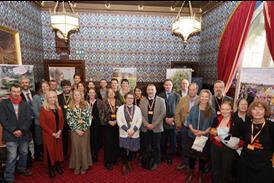
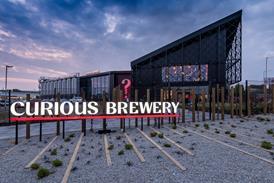





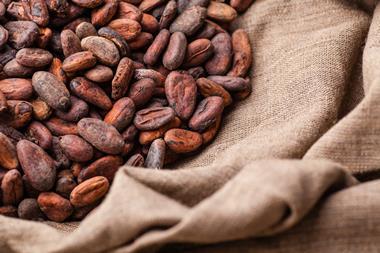
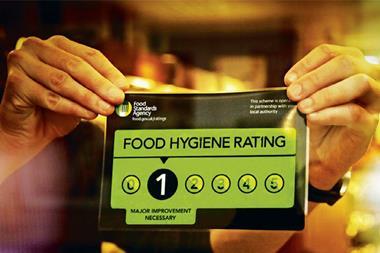






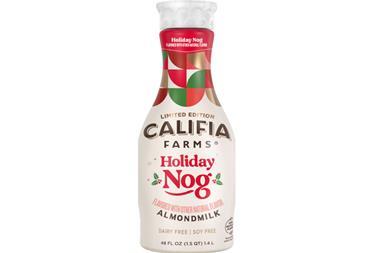
No comments yet